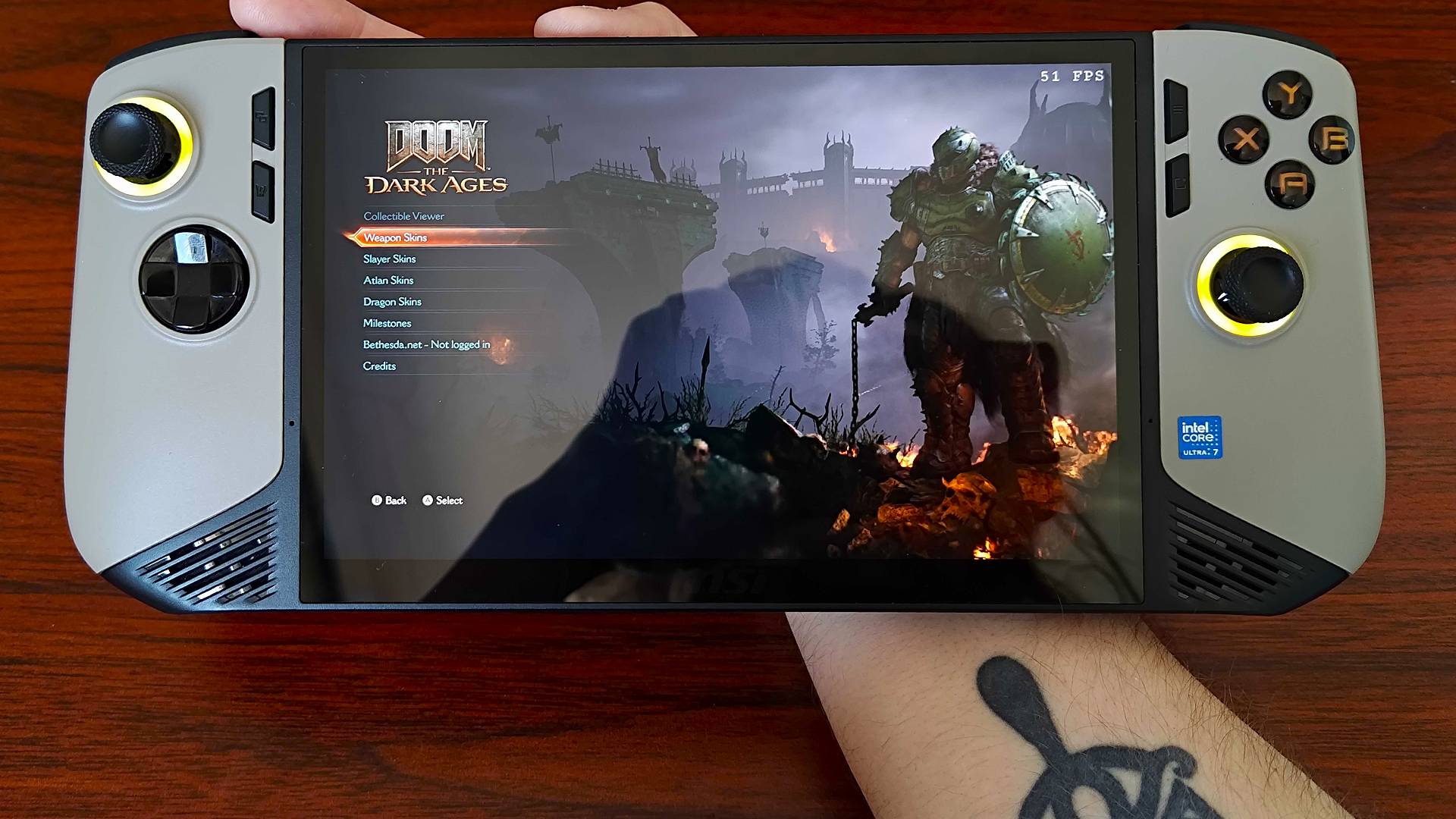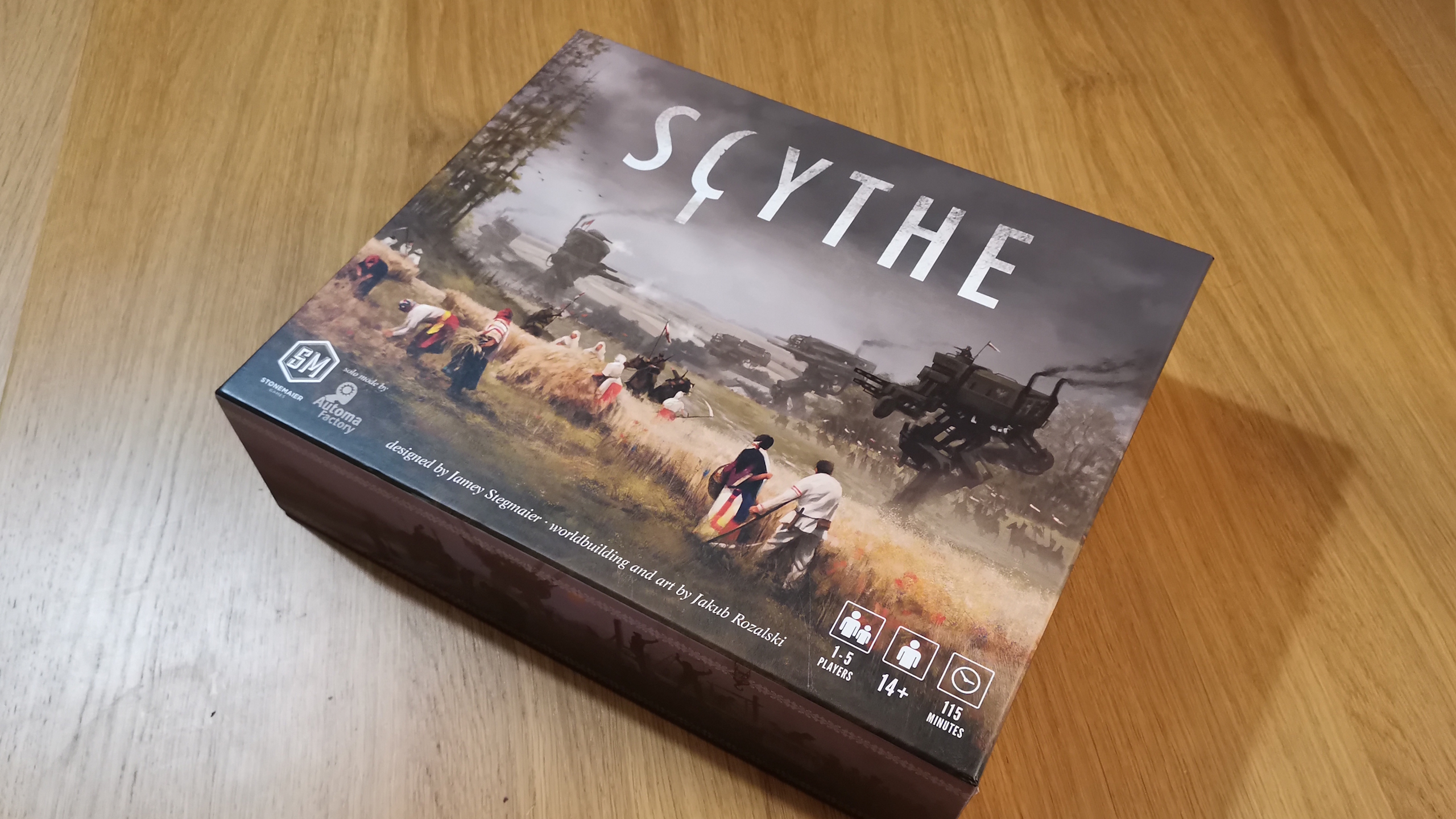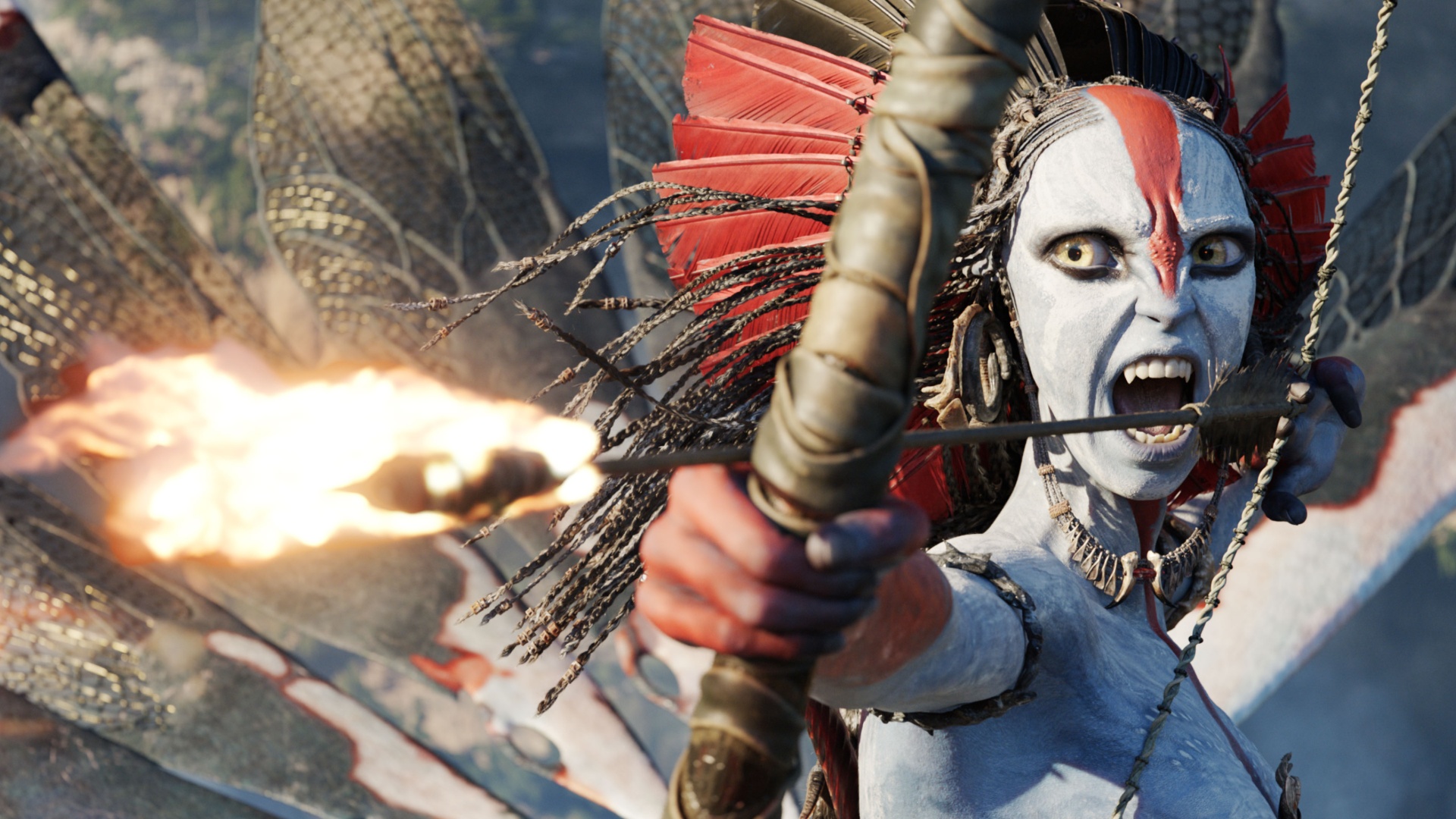GamesRadar+ Verdict
The MSI Claw 8 AI+ is an excellent premium gaming handheld that manages to inch ahead of Ryzen Z1 Extreme rivals using a new Intel chipset. It doesn't quite beat portable PCs with the latest AMD APUs, but if you're looking for a device with an extra-large 1200p 120Hz display, this device might be worth checking out over the Asus ROG Ally and its X sibling.
Pros
- +
Larger 8-inch screen
- +
Solid Intel-powered performance
- +
Comfortable controls
- +
Good battery life
Cons
- -
One of the priciest portables out there
- -
Intel chipset falls behind Ryzen 8840U
Why you can trust GamesRadar+
Please forgive the cheese, but the MSI Claw 8 AI+ feels as triumphant as Gandalf’s return as a white wizard in The Two Towers. It almost looks the same as the original, but it shines bright with renewed Intel magic that helps the handheld finally take on its Ryzen-based foes. Second time is certainly a charm for this portable PC, and it’s doing more to kick-start the new generation of Steam Deck rivals than other newcomers in 2025.
If the new Claw 8 AI+ is indeed a reincarnated white wizard, then that probably makes the original MSI Claw Gandalf the Grey. I could get even more unbearably metaphorical by saying it died battling the Balrog (an industry filled with fierce Ryzen Z1 Extreme rivals) so that the latest revision could enter the scene with a bang. It’s simply a more refined version that packs the right punch and wears a new 8-inch display, and that helps better justify its $900 / £899 price tag.
At the same time, I still think MSI’s premium asking price is a bit of an issue. You’re at least getting something that places a decent performance gap between the Steam Deck OLED and Asus ROG Ally, sure, but the best gaming handheld battlefield will get a little bloody once the Nintendo Switch 2 drops. I’m not saying you should be comparing a pricey portable PC to a mainstream console, but it certainly makes the conversation spicier.
Price | $900 / £899 |
APU | Intel Core Ultra 7 258V |
RAM | 32GB LPDDR5X |
Storage | 1TB |
Display | 8-inch 1200p 120Hz IPS |
Battery | 80Whr |
Operating system | Windows 11 |
Size | 11.77 x 4.96 x 0.94 inch / 29.9cm x 12.6cm x 2.4 cm |
Weight | 1.75lbs / 795g |
Design
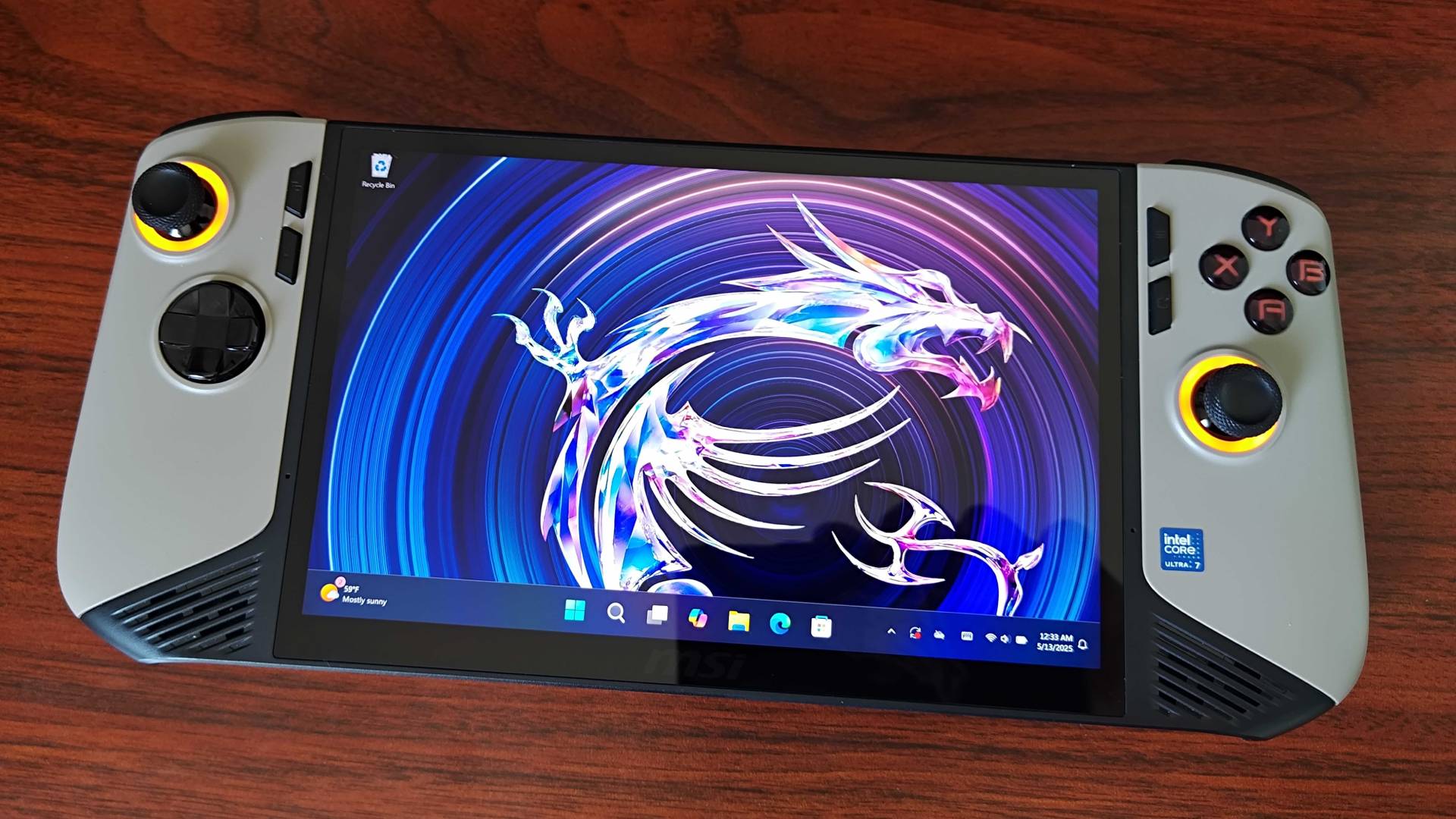
As the name implies, the Claw 8 AI+ is larger than its predecessor since it weilds an 8-inch 1200p 120Hz display. So, it’s not quite as large as the Lenovo Legion Go, but this has ultimately helped MSI stick to sensible design principles and protect important ergonomic factors. In other words, this device still feels like a handheld while offering up more screen space, and that’s quite an impressive feat.
MSI’s new handheld also has a new getup to match its size, which in turn helps it beat the “just a goth Asus ROG Ally” allegations. New “Sandstorm” coverings at the front that give it a two-tone effect, making for a nice change from most black and while options out there. Other than that, most of the other differences apply to the back, with some slightly different ventilation grills and tweaked back buttons that ditch the weird point angles in the name of flatter comfort.
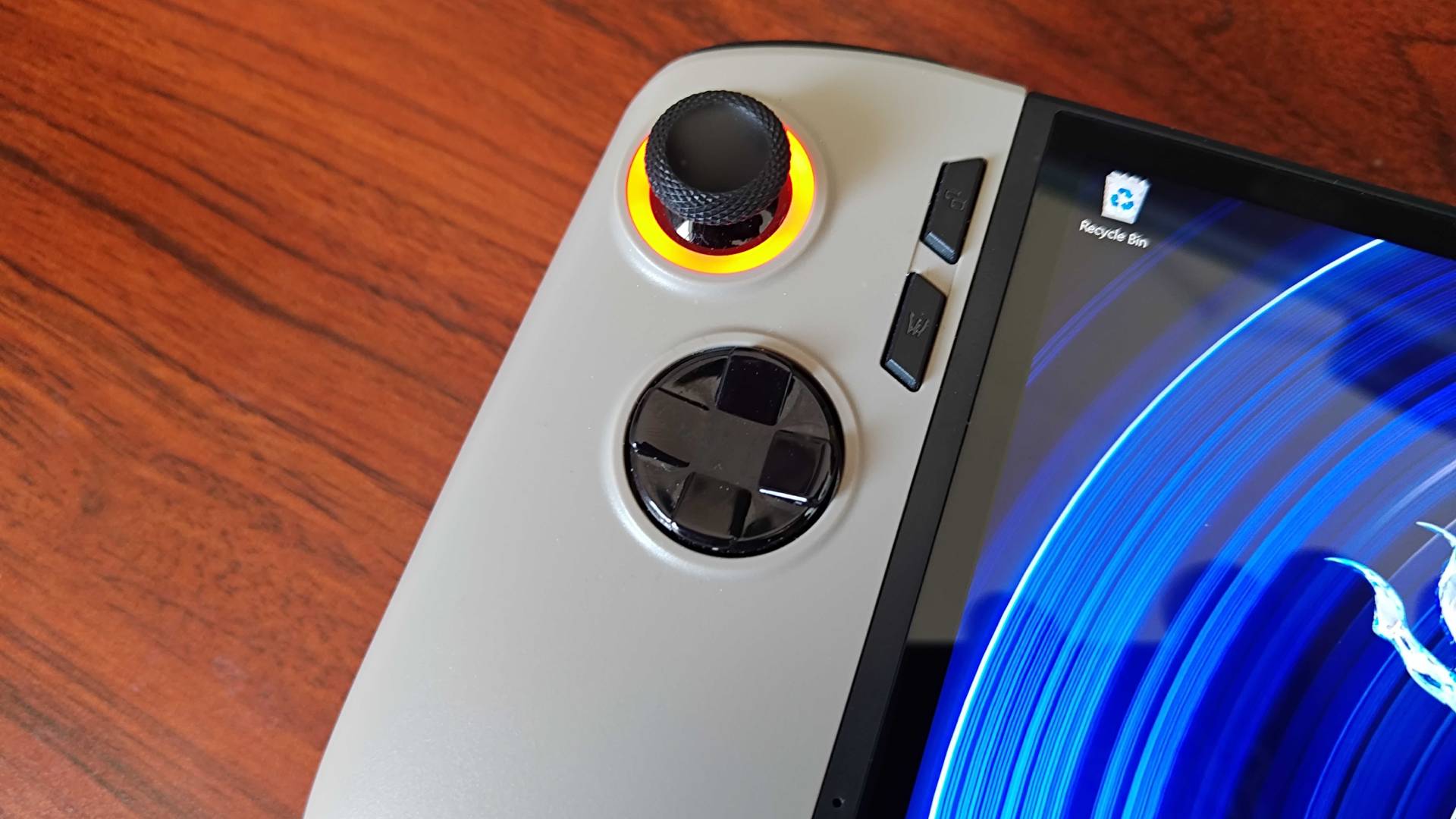
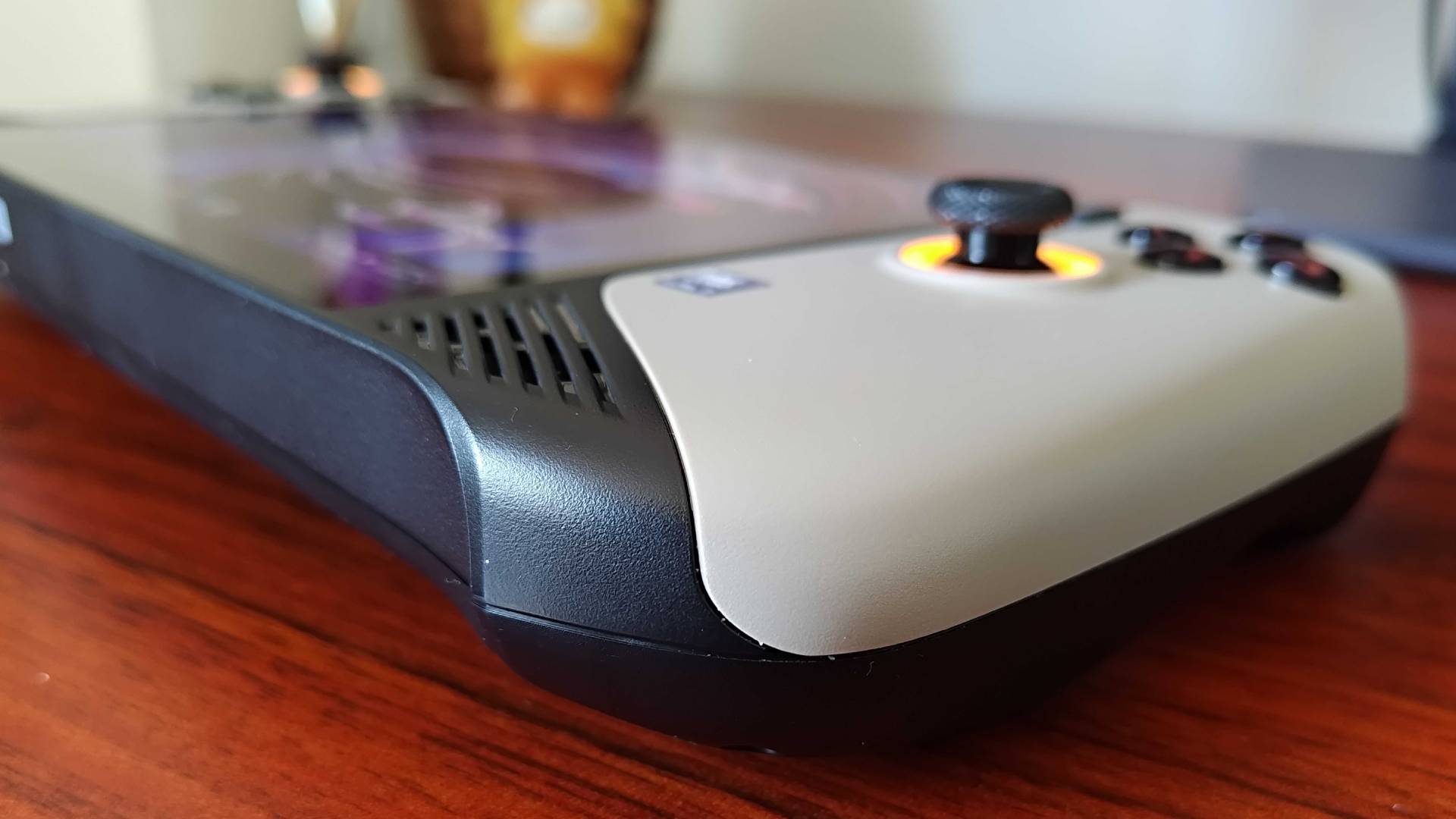
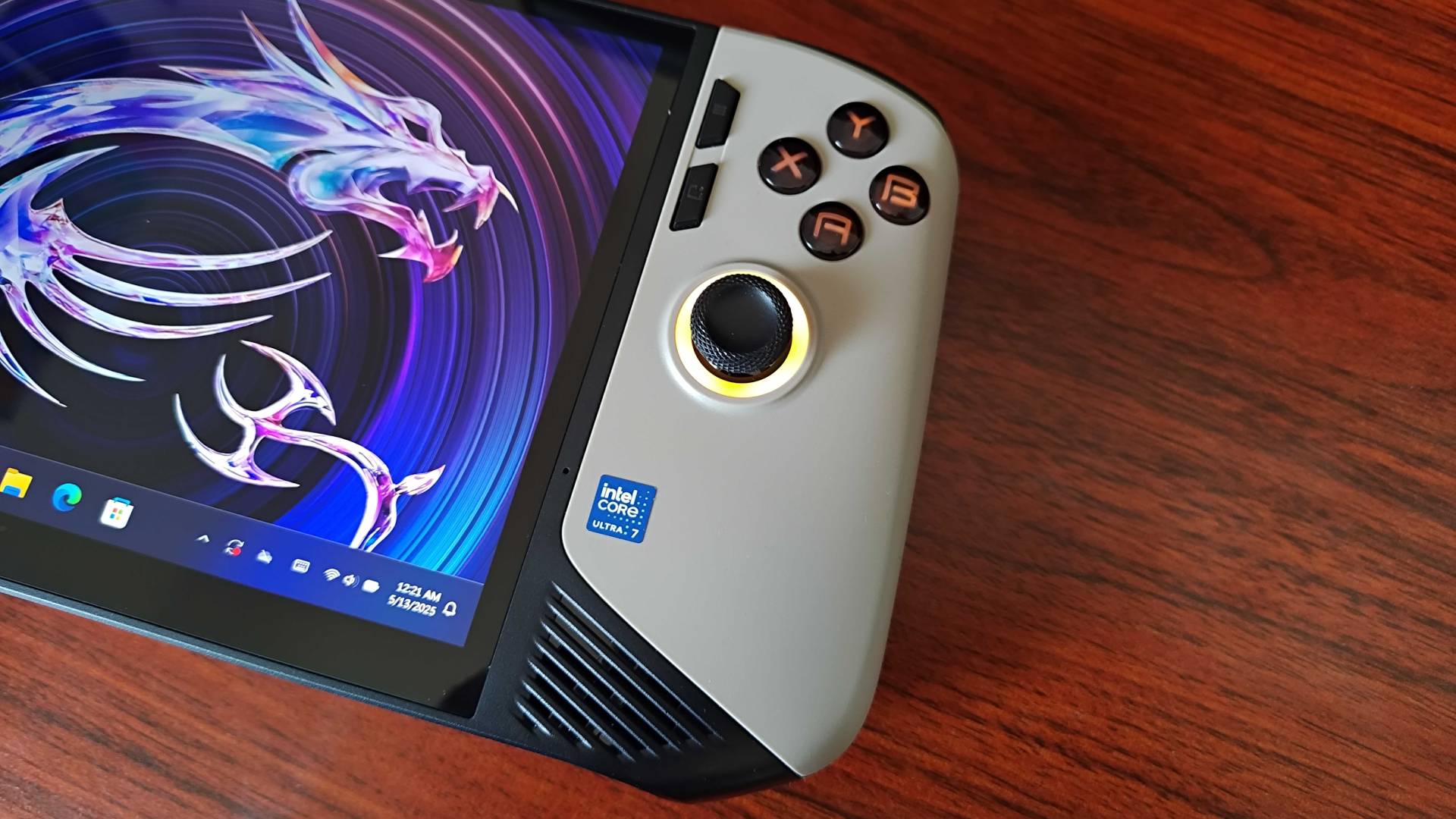
The face buttons, D-pad, menu toggles, and RGB-accented sticks are all pretty much the same as last time. That’s not necessarily a good thing since the directional pad is a bit of a nightmare and features very little pivot that’s further hindered by its convex cross-shape. The A and B buttons are also precariously close to the curvature of the body, which results in a bit of a slippery feel. But the rest of the controls are pretty serviceable, and they’re not much of a departure from the standards set by the Steam Deck and ROG Ally.
I’m pretty surprised at just how similar the Claw 8 AI+ is to the original design-wise, especially since it’s rocking that larger screen. Scaling devices up without adding way more bulk or placing things differently is a skill, one that MSI has made sure to fully leverage when reimagining its first concept.
Weekly digests, tales from the communities you love, and more
Features
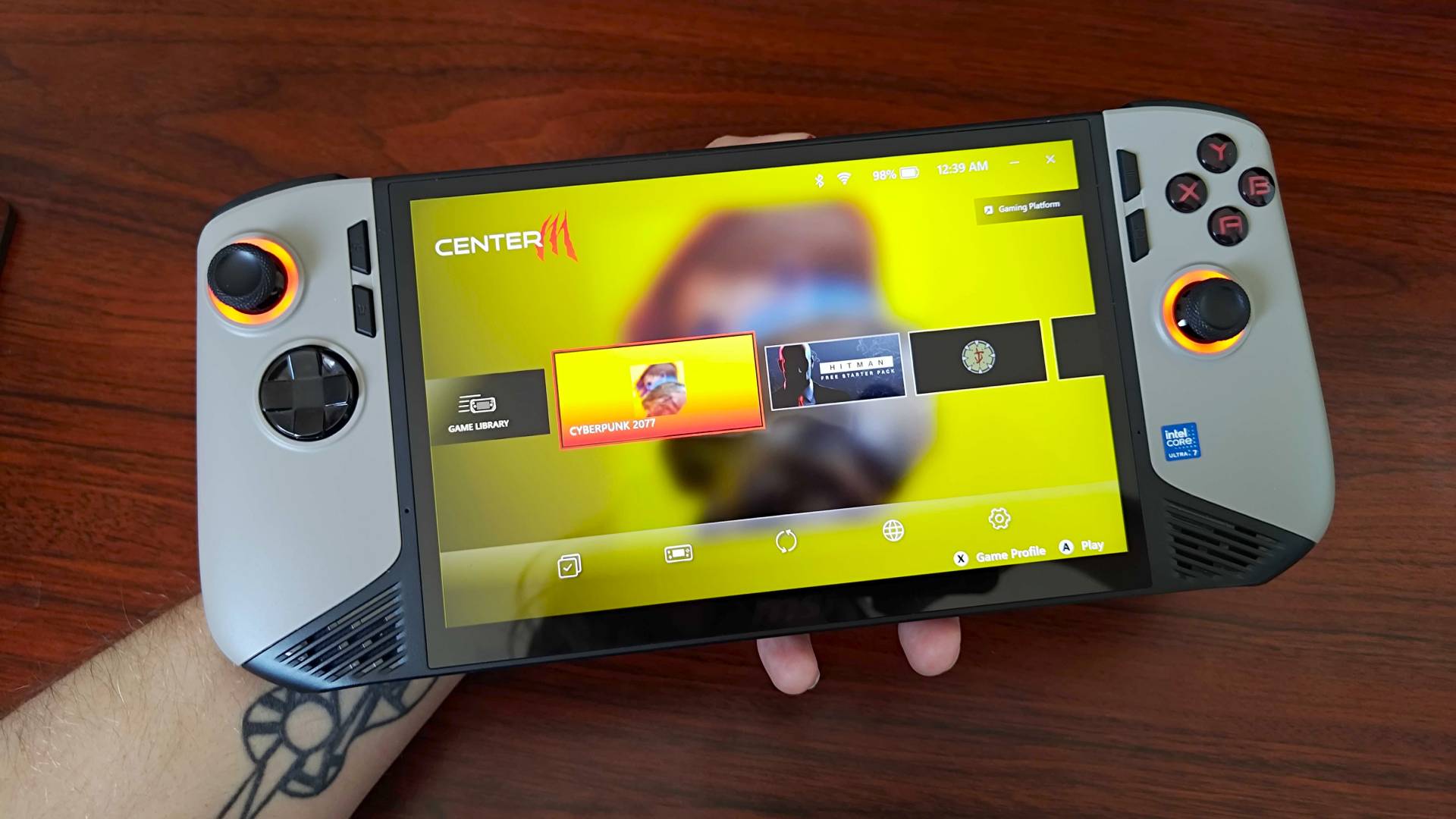
As the handheld gaming PC scene matures, there are a few staple features that are becoming commonplace. Just like the new Lenovo Legion Go S, the Claw 8 AI+ has two Thunderbolt 4 USB-C ports at the top for charging and connecting other peripherals. Having a spare connector will potentially save you from messing with Steam Deck docks, depending on your setup, as you’ll still be able to connect the 65W charger and output to an external display.
Under the hood, you’re getting a few premium extras too. Hardly surprising given that this handheld costs $900 / £899, but that does at least translate to anti-drift hall-effect joysticks, a fingerprint sensor for extra security. What I will say is that the Zotac Zone is starting to look a bit more like a lavish buy since it comes armed with pro-controller elements like adjustable triggers and customizable thumbstick dials, and it does feel a bit like you’re paying a premium for specs rather than features here.
Not that I’m mad about the Claw 8 AI+ boasting a 32GB LPDDR5x RAM and a 1TB SSD alongside its new Intel Core Ultra 7 258V chip. In fact, I’d rather pay more for raw performance than portable parlor tricks, especially since in this instance they result in a handheld worth buying. It also proves that there wasn’t much wrong with the original Claw beyond underwhelming performance levels, and it should be a sign to portable PC makers to be more careful about specs pairings.
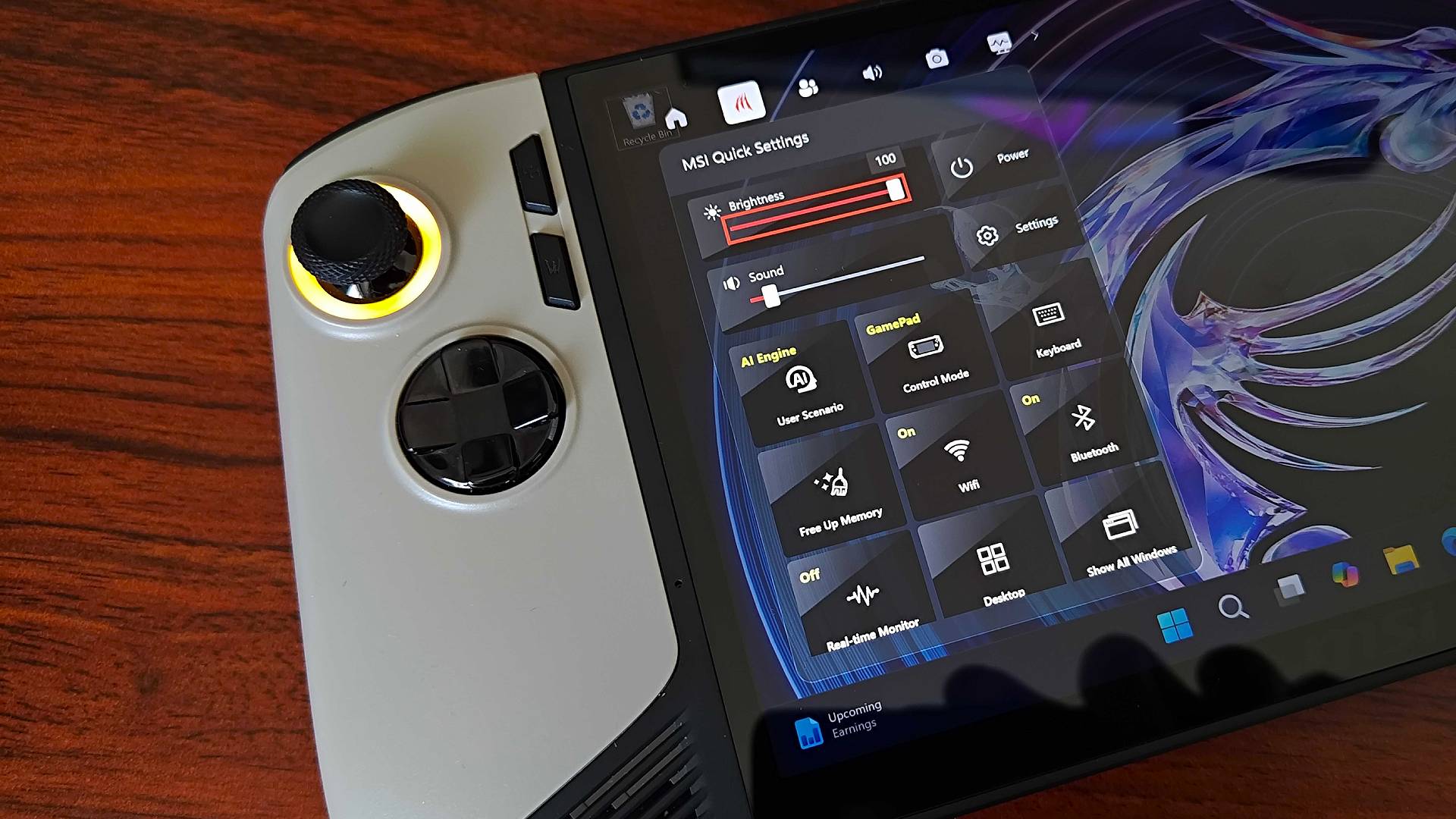
That said, the caveat currently haunting every handheld PC like this is Windows 11. Sure, the plus is that you’re getting the versatility of a full-blown rig and can jump into virtually any storefront you like from the get-go, whether that means downloading Game Pass newbies, grabbing Epic Game Store freebies, or tackling your Steam backlog. However, the optimization just isn’t there, and until Microsoft decides to finally throw us a handheld-friendly version of its operating system, the experience is going to feel like an awkwardly shaped tablet.
MSI, like every other handheld maker out there, includes management software to soothe Windows 11 wounds. The included Centre M app isn’t terrible by any means, and I’ve certainly experienced worse alternatives to SteamOS. What I will say is that it does feel as much like a middleman as every other variant out there, and it actually just uses the Xbox overlay for quick settings rather than its own tailored menu. This approach means you’re missing out on a streamlined way to access settings in a console-like way.
Performance
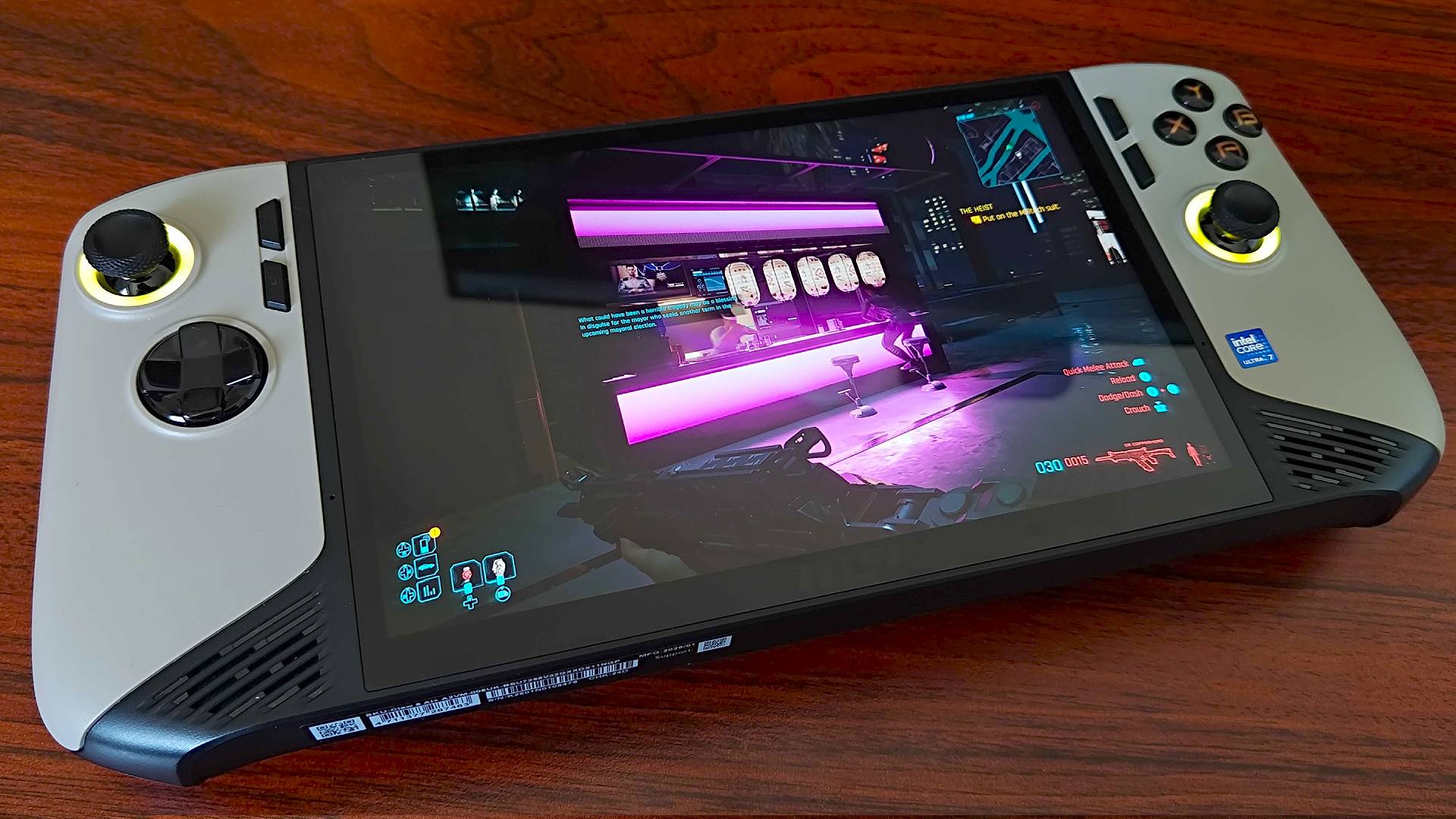
2025 is actually off to a weird start when it comes to handheld performance. The Lenovo Legion Go S was technically the first “next-gen” portable to arrive on the scene, but rather than pushing frame rates to new heights, it instead offers up an fps range comparable to the Steam Deck OLED. So, you can imagine my delight when I discovered that the MSI Claw 8 AI+ actually provides the sort of boost I’m craving from new devices, which is surprising since we’re talking about an Intel chipset.
Starting off with my usual trip to Night City, the MSI Claw 8 AI+ handles Cyberpunk 2077 respectably. Again, I was looking for performance that outpaces the Ryzen Z1 Extreme since that chip represents top-end mainstream handheld performance. Thankfully, Intel’s APU doesn’t remotely disappoint when paired with 32GB LPDDR5 RAM, as the handheld hits a 40fps average at 1080p with low settings enabled. That’s before we even get to upscaling assistance, as you’ll gain more frames by leveraging XeSS or even FSR where available.
Hitman 3 paints a similar performance picture, as the Claw 8 AI+ hits around 43fps at 1080p. It certainly feels like there’s some headroom to play around with settings and even crank resolutions up to 1200p here, and that’s novel if you’re currently using something like the Steam Deck. At the same time, 800p is going to scale nicely on a screen at this resolution, and that’ll mean hitting even higher frame rates
In my go-to test games, the MSI Claw 8 AI+ sits behind the Zotac Zone, but there’s not too wide a gap between the two handhelds. It’s certainly not as big a difference as with the first Claw, as that seemed to stand in the same ring as the Steam Deck. Although at 1080p, the Zone’s Ryzen 7 8840U APU still sits a bit ahead of the Ultra 7 258V, so Intel hasn’t quite managed to beat AMD.
It's also worth noting that while the Zone packs a slightly harder punch thanks to the Ryzen 7 8840U, it's not really available to buy in the US. It's easy enough to find in the UK, but the fact that the Claw 8 AI+ is readily available works in its favor, especially when your other option is the Asus ROG Ally X.
I find that with handheld PCs, even marginal frame boosts can make all the difference. Getting big new releases to feel smooth on portable devices takes a lot of sacrifice, and when you’re paying next to a grand for a premium machine, there’s an expectation that there will be fewer trade-offs. That’s exactly what I was looking for in the MSI Claw 8 AI+, and it thankfully (and perhaps surprisingly) rises to the challenge in even new shooters like DOOM: The Dark Ages.
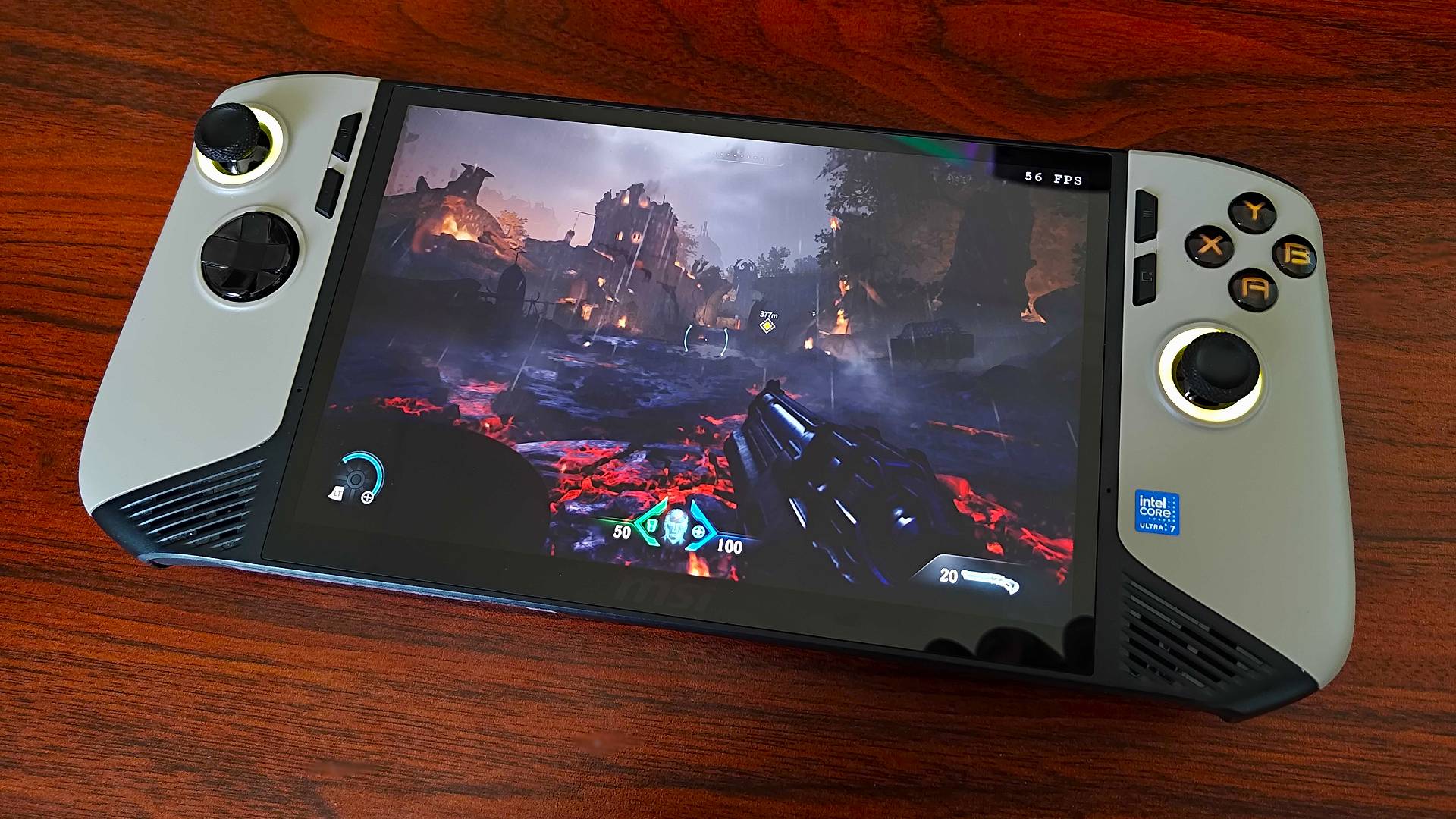
The Doomslayer’s third outing makes for quite a nice test scenario, and I had a lovely time smashing through hordes of hell using the Claw 8 AI+. In terms of feel, the handheld provides a nice set of controls that are easy on the palms over longer sessions and aren’t cumbersome despite framing an 8-inch screen. The triggers handle as nicely as a regular gamepad, and the travel is just right for preventing weird off-balance presses.
Running The Dark Ages on a handheld is ambitious, no matter what you’re using. That is to say you won’t be hitting near 60fps most of the time. What you will get, though, is a perfectly playable 30fps experience with some dips here and there. XeSS in performance mode helps the Intel chip keep frame rates relatively stable without damaging the visual experience too much, as does FSR, and you’re ultimately getting a portable that can run a 2025 shooter with heavy-duty visual effects built in.
Of course, pushing a handheld in this manner is going to give battery life a kicking. Under load, the 80Wh battery was able to keep ticking for over two hours, which is largely in line with devices like the ROG Ally X. Of course, if you play something a little less demanding, or just scoot around Windows 11 in between sessions, you’ll run for much longer.
Should you buy the MSI Claw 8 AI+?
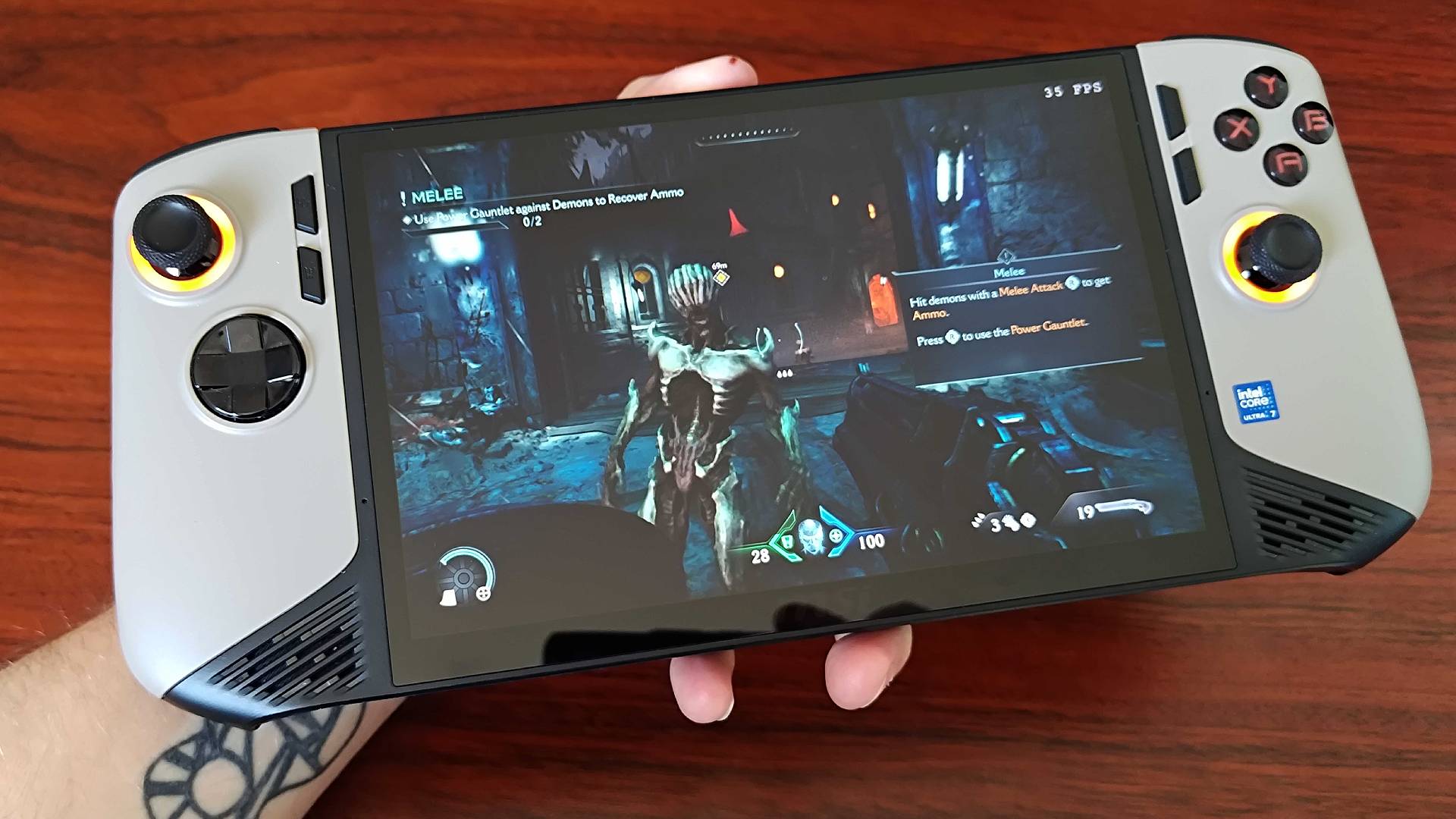
The Claw 8 AI+ is a high-spec handheld second wind for MSI, and the 8-inch portable is one of the best premium handhelds out there right now. The portable’s new Intel chip packs the sort of punch I’m looking for in 2025 compared to existing Ryzen Z1 Extreme options, and while it could end up being outpaced by proper next-gen contenders when they eventually arrive, nice extras like an 8-inch 1200p screen, hall effect joysticks, and beefier specs make this a fierce alternative to the Asus ROG Ally X.
That said, $900 / £899 is a pretty big ask, especially since the Nintendo Switch 2 is inbound with Nvidia DLSS tricks that make playing Cyberpunk 2077 possible. Naturally, the MSI Claw 8 AI+ is for players who care more about proper native performance and elevated visual settings, but it does hammer home the fact that portable PCs can be an expensive niche that aren’t priced to take on mainstream handheld consoles or offer up better value.
I also want to stress that if the Zotac Zone were available in the US, I'd be tempted to recommend it to premium players instead. That AMD Ryzen 7 8840U chipset goes the extra mile in terms of raw frame rates, and extras like the adjustable triggers and an OLED display make it a nice pick for near $1,000. But alas, it's only seemingly available in Europe and the UK, so unless you reside there, I'd look to the MSI Claw 8 AI+ for the same kind of cash.
How I tested the MSI Claw 8 AI+
For two weeks, I put the MSI Claw 8 AI+ through its paces in several test scenarios involving games like Cyberpunk 2077, Hitman 3, Shadow of the Tomb Raider, and Doom: The Dark Ages. Throughout testing, I also assessed the controller's features like integrated controls and connectivity, as well as took note of aspects like battery life and average frame rates to compare performance to similar portables.
For more information on how we test gaming handhelds, take a peek at our GamesRadar+ hardware policy.

Phil is currently the Hardware Editor at GamesRadar+ who specialises in retro gaming, the best gaming handhelds like the Steam Deck, and more modern components like graphics cards. Having spent years offering up classic console advice and over a decade as a gaming journalist for big names like TechRadar, The Daily Star, the BBC, Den of Geek, and many more, Phil now dedicates their days to covering the latest news and offering up invaluable setup advice.
You must confirm your public display name before commenting
Please logout and then login again, you will then be prompted to enter your display name.
